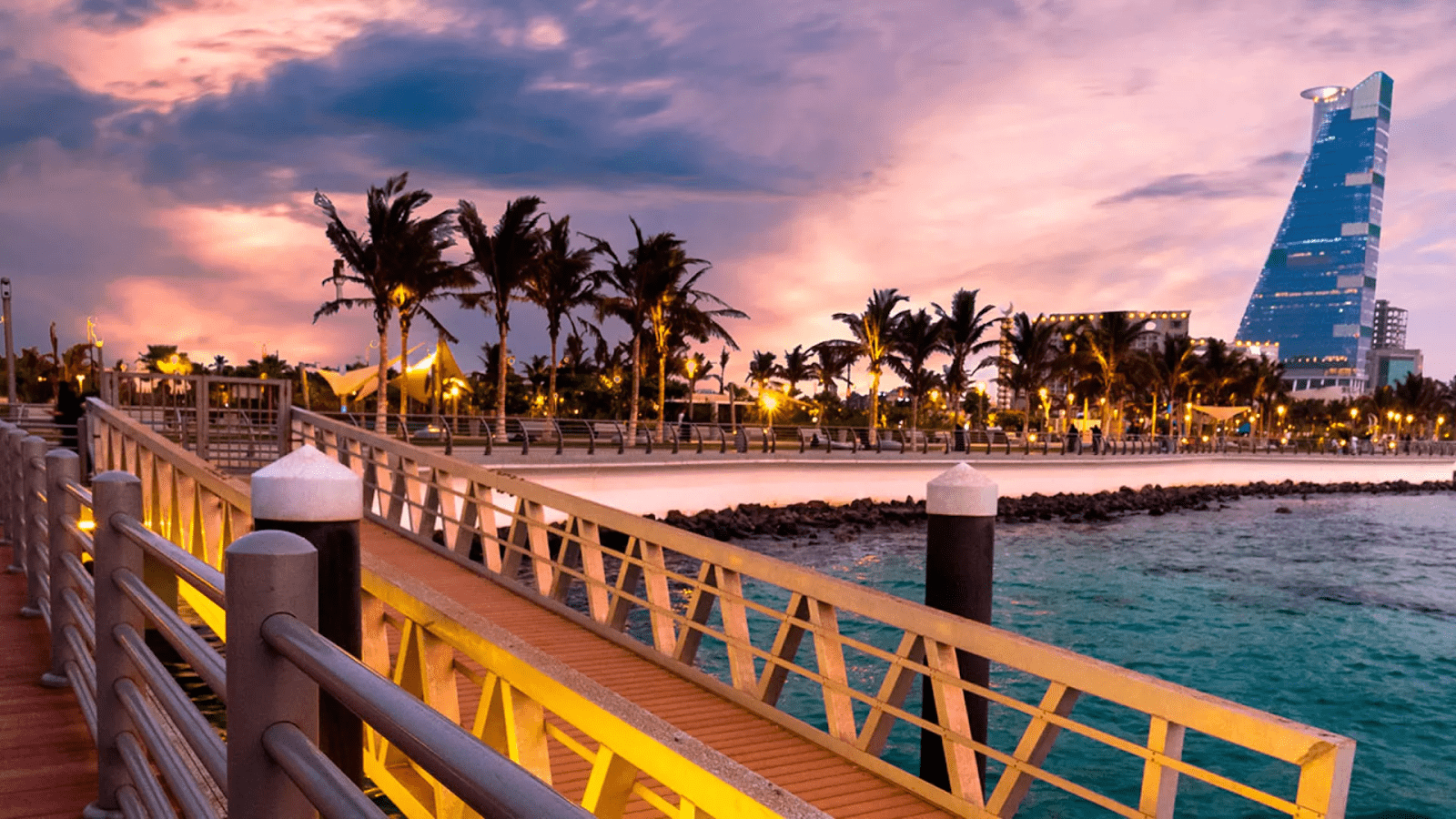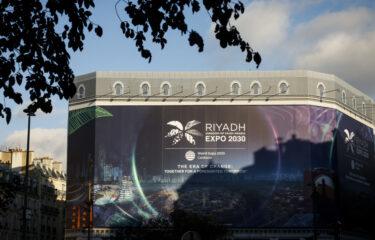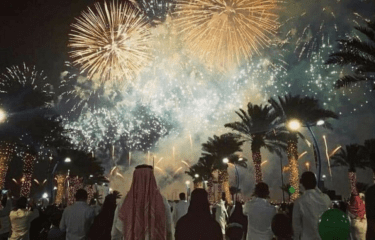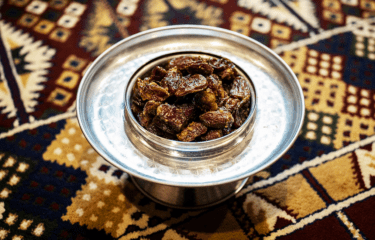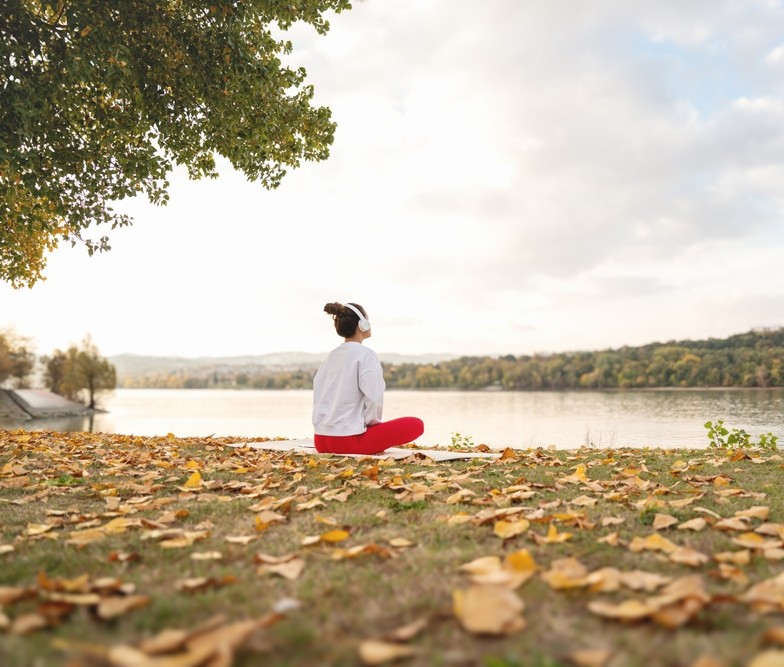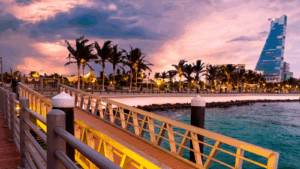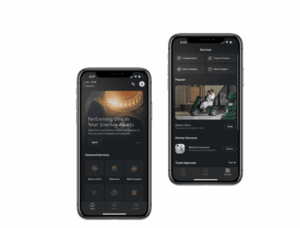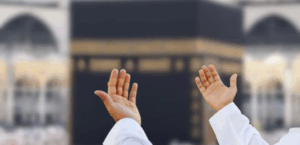Jeddah isn’t just a stopover or a gateway to Makkah. It’s a city full of texture, where history clings to coral-stone walls in Al Balad, and modern life hums through coffee shops and sea-view promenades. To live like a local here is to feel the pulse of a city that never tries to impress, but leaves an impression anyway.
Understanding Jeddah’s Two Worlds
In Jeddah, there are really two ways of living. Both are real, both are valid.
Inside the city’s gated compounds, you’ll find expats building small communities of their own. There’s more freedom there, from dress codes to social gatherings, and life feels a little more familiar if you’re coming from abroad. But it’s only when you step outside those gates that you feel the soul of the city.
Outside, Jeddah is layered. It’s where you hear the call to prayer ripple over a busy street. Where families gather at the corniche, sipping tea and watching the waves. It’s where markets bustle late into the night, and a good shawarma stall draws a crowd just as quickly as any high-end spot.
Neighborhoods That Shape Daily Life in Jeddah
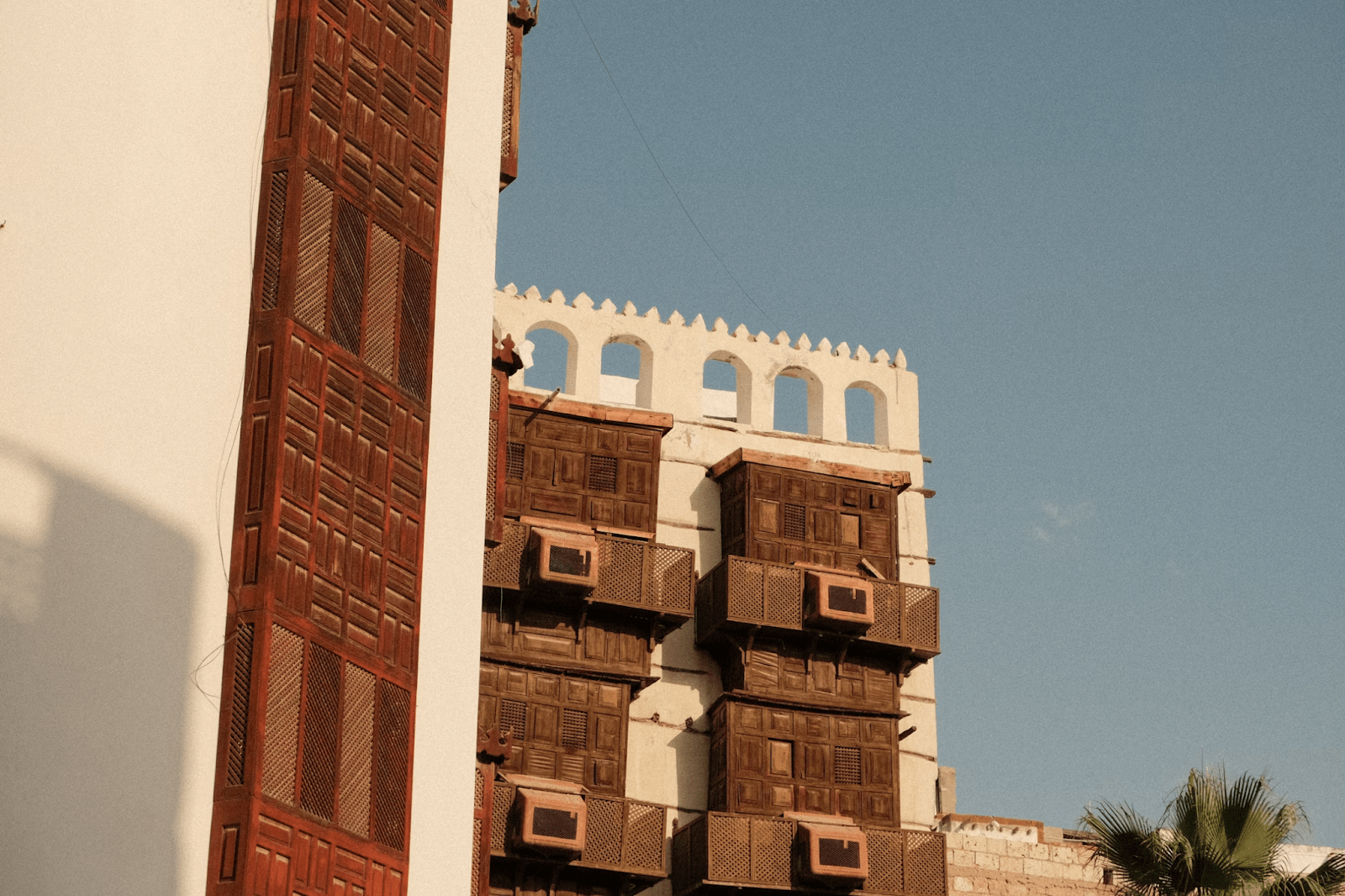
North Jeddah is where many families settle. Al Naeem, Al Safa, and Al Muhammadiyah are the kinds of places where everything feels within reach—schools, groceries, quiet corners. Al Muhammadiyah, especially, is where you find rows of villas with garden-lined streets, often chosen by those looking for space and calm.
If you’re drawn to stories and architecture, you wander into Al Balad. The past feels present here. Wooden window frames, crumbling coral stone, scents of cardamom and oud drifting from tiny shops. It’s a place to get lost in, and maybe find something unexpected.
Eating Like a Local in Jeddah
You haven’t really been to Jeddah if you haven’t waited in line at Al Baik. Fried chicken might not sound spiritual, but in this city, it kind of is.
But locals know there’s more. Breakfast might mean tamees bread fresh from a clay oven, scooped into foul and eggs at Tamees 09. Or maybe a plate of mutabbag from a tiny shop with no name. Lunch could be kabsa at Abu Zaid, and dinner, if you’re feeling fancy, might be grilled hammour at Al Qalzam by the sea.
There are nights when people dress up for Aromi, an Italian spot that does seafood as well as any coastal city in Europe. And then there are nights when a paper plate, a park bench, and something spicy from a street vendor are all you need.
Where the City Unwinds
Jeddah lives by the water. Families walk the corniche in the evenings, kids darting between palm trees, teenagers snapping photos in front of the Red Sea. Silver Sands Beach offers more privacy, but even a quiet stretch of public shore can feel like a getaway.
Malls double as gathering spaces. Red Sea Mall, with its indoor fountain and cinema, is a popular escape from the heat. But when the sun softens, locals head outside. Maybe to King Fahd’s Fountain to watch the water climb the night sky, or into the desert for quad biking and sunset tea.
Everyday Routines and How People Move in Jeddah
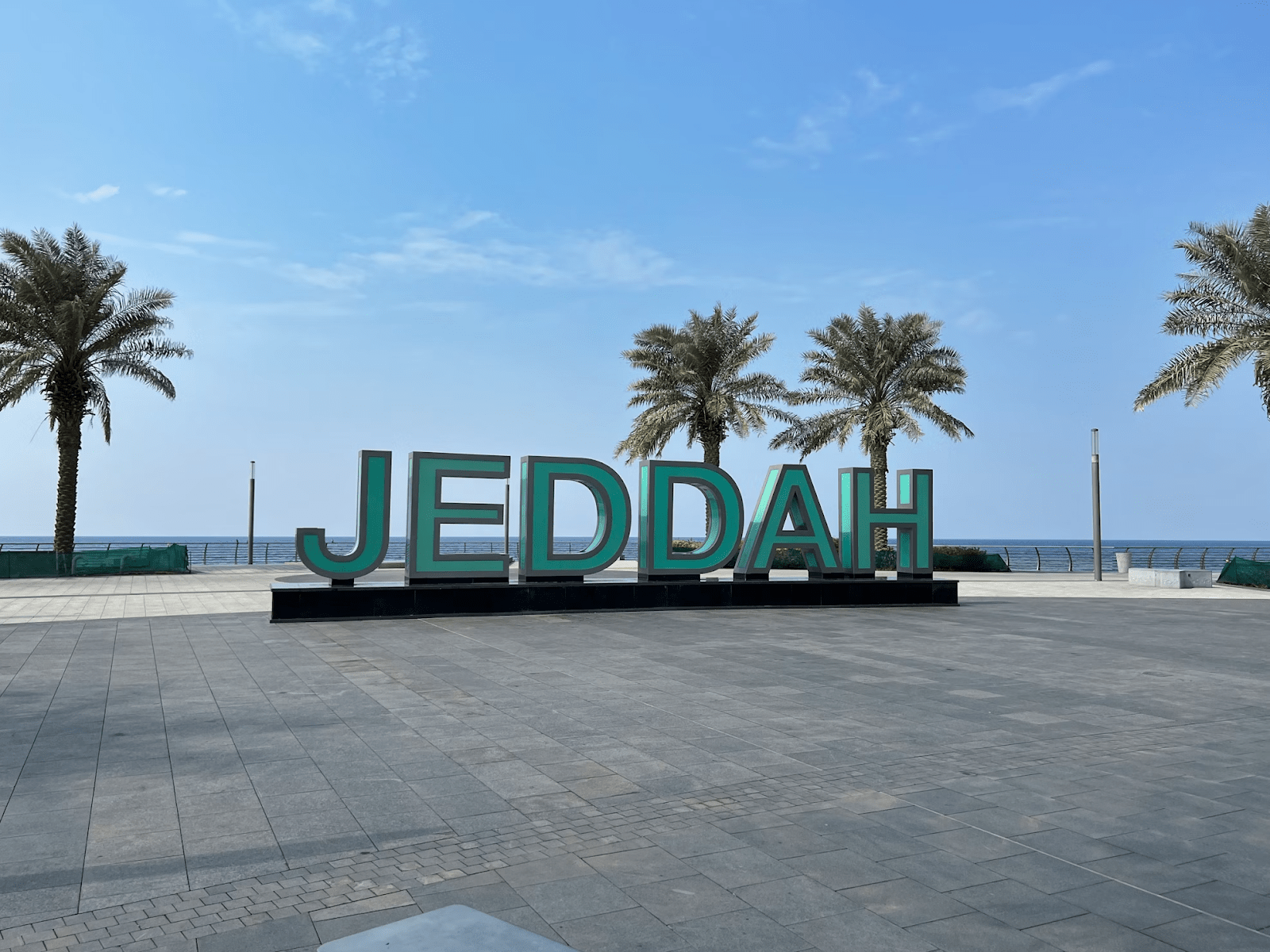
This city moves on four wheels. People drive or hire drivers, and apps like Uber and Careem are the easiest way to get around if you’re new here. There are public buses, but they’re limited, and most directions rely on landmarks, not addresses.
You’ll hear, “Turn after the globe roundabout,” or “It’s just past the bicycle statue.” You learn the map not through streets, but through stories.
Markets, Souqs, and That Daily Rhythm
Al Balad’s souqs still carry the heartbeat of an older Jeddah. Spices stacked in pyramids, fabric shops with bolts of silk and cotton spilling onto the sidewalk, gold jewelry glittering behind glass.
But locals also shop at places like BinDawood or Manuel for the basics. Coffee comes from places like Brew92 or Medd, where hijabis and hipsters sit side by side.
Culture, Etiquette, and Being Part of the City
In Jeddah, people live with rhythm. Five times a day, life pauses for prayer. Stores close. Streets quiet. Then, just as quickly, everything starts again.
Women wear abayas in public, but there’s style and personality in every one. In private spaces like beaches, compounds, or some modern cafes, rules are more relaxed. But the city never feels rigid. It feels lived-in.
Making friends often starts with an invitation to tea, a shared table, or a conversation at a gallery. Jeddah is social without being overwhelming, and most locals, Saudis and expats both, are generous with their time and stories.
Let the City Happen to You
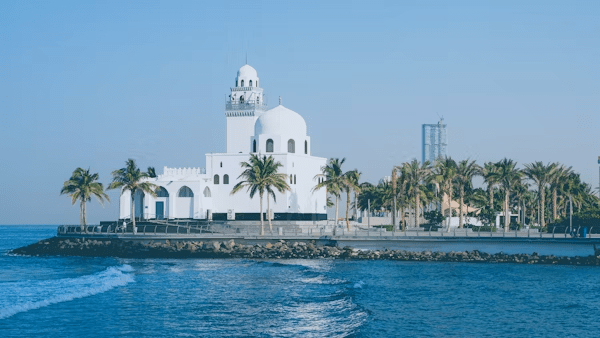
Living like a local in Jeddah isn’t about fitting into a mold. It’s about letting the city shape your days. One morning, you’re walking through Al Balad, eyes on the past. That evening, you’re watching the world shimmer from a rooftop cafe. It’s quiet moments and noisy nights, familiar comforts and unfamiliar flavors.
If you stay open, if you linger long enough in its neighborhoods and souqs and seaside paths, Jeddah opens up to you. Slowly. Honestly. And once it does, you’ll carry a piece of it wherever you go.
FAQ
What are the best neighborhoods to live in Jeddah as an expat?
Al Naeem, Al Safa, and Al Muhammadiyah are popular for their comfort, access to services, and community feel.
What are some must-try local dishes in Jeddah?
Al Baik’s fried chicken, tamees with foul, kabsa at Abu Zaid, and grilled seafood at Al Qalzam are local favorites.
Is Jeddah a good city for expats?
Yes. It blends tradition with modernity, offers friendly communities, and has a strong expat presence.
How do people get around in Jeddah?
Cars are the main mode of transport. Ride-hailing apps are popular, and some areas have bus routes, but they’re limited.
What cultural customs should I know before moving to Jeddah?
Respect prayer times, dress modestly in public, and understand gender norms in public spaces. But also know that Jeddah is welcoming and more relaxed than many expect.

